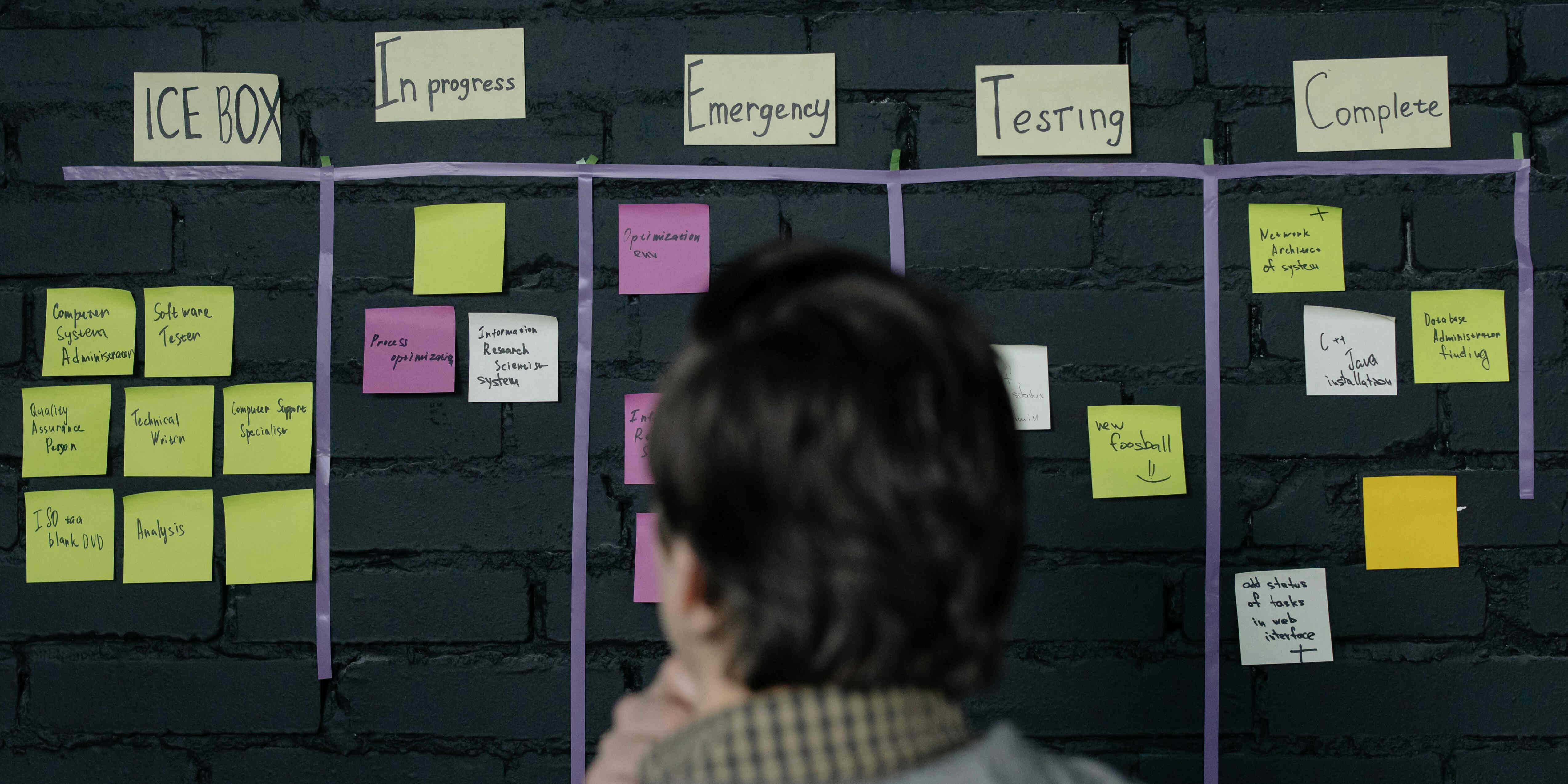Beyond Test Cases: Complete Requirement Traceability in Modern Testing

In today's fast-paced software development world, testing isn't just about verifying functionality—it's about ensuring that every requirement is properly implemented and maintained throughout the product's lifecycle. But how do you keep track of requirements as they evolve over months or even years?
The Hidden Cost of Disconnected Testing
Consider this common scenario: A critical feature was implemented three years ago. Now it needs modifications, but:
- The original requirements are buried in old documents
- The development team has changed multiple times
- Test cases exist, but nobody knows which requirements they verify
- Changes might break dependent features nobody remembers
The Requirements-First Approach
InfoQA revolutionizes this process by making requirements the centerpiece of testing:
- Every test case is directly linked to specific requirements
- Requirements are structured, verifiable, and unambiguous
- Changes are tracked through user stories and versions
- Impact analysis becomes straightforward and reliable
Technology-Agnostic Knowledge Repository
Business rules and requirements often outlive multiple technology stacks. When you're upgrading from legacy systems or switching frameworks, how do you ensure nothing is lost in translation?
- Keep business requirements independent of technical implementation details
- Maintain test cases that verify business logic
- Easily adapt tests for new technology stacks
- Verify equivalent behavior across system rewrites
User Story Integration
In Agile environments, user stories drive changes. InfoQA bridges the gap between stories and long-term requirement management:
- Track how business requirements evolve through agile user stories
- Automatically identify impacted test cases
- Maintain historical versions of requirements
- Generate delta reports showing exactly what changed
Real-World Benefits
Faster Impact Analysis
Instantly understand which features might be affected by changes. No more surprises or unintended side effects.
Reduced Risk
Complete traceability ensures no requirement gets lost or overlooked during changes and upgrades.
Better Compliance
Demonstrate regulatory compliance with clear links between requirements, implementations, and verifications.
Knowledge Preservation
Preserve critical business knowledge even as teams change and systems evolve over time.
Defect Context
When issues arise, instantly trace back to the original business requirements and understand what functionality was intended.
System Upgrades
Confidently upgrade technology stacks by verifying that all business requirements are still met in the new implementation.